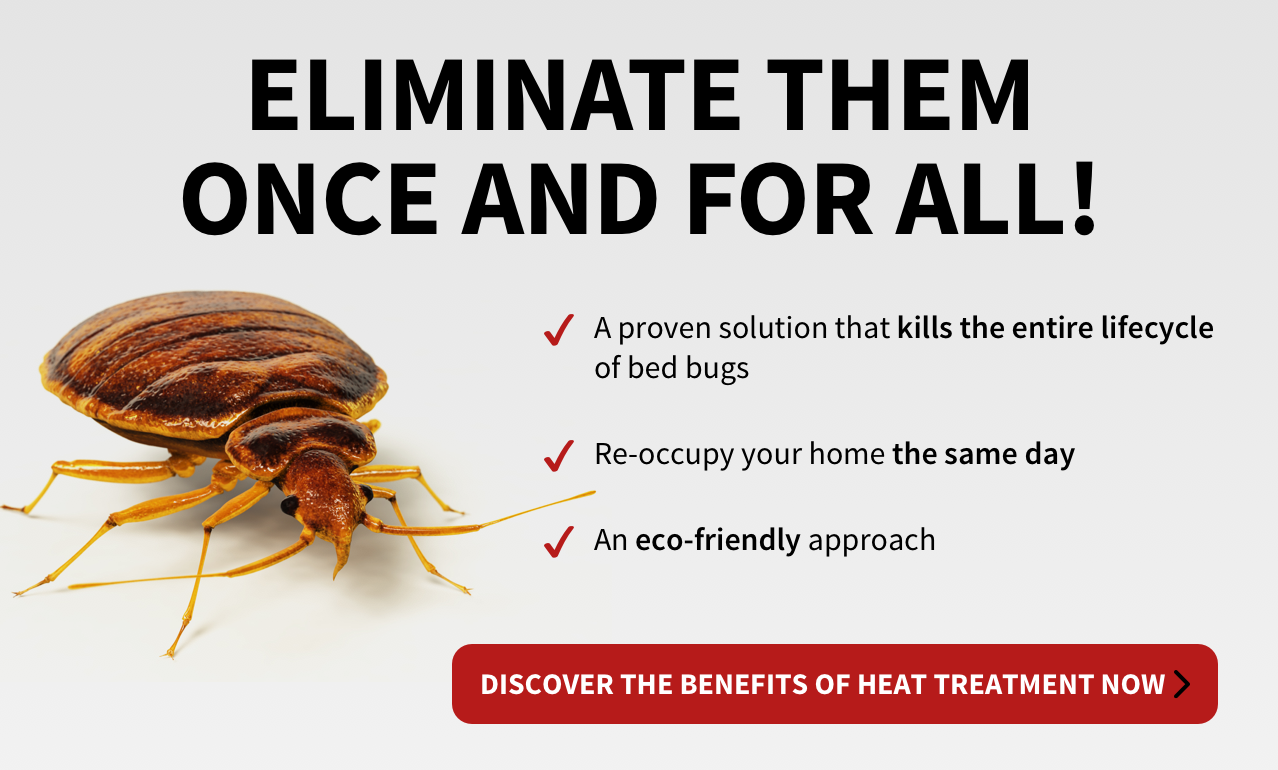Comprehending the Lifecycle of Bugs for Targeted Control Methods
Comprehending the lifecycle of bugs is a basic element of efficient insect management strategies. By understanding the numerous phases of advancement that pests undergo, an extra targeted and specific technique can be embraced to control their populaces. This understanding not only loses light on the susceptabilities within the parasite lifecycle however also paves the way for implementing strategic actions that can disrupt their growth and recreation cycles. With a deeper understanding of just how bugs progress and flourish, customized control methods can be developed to address certain points in their lifecycle, inevitably causing even more successful parasite management results.
Relevance of Understanding Parasite Lifecycle
Recognizing the lifecycle of pests is necessary for creating reliable and targeted control approaches in pest management. By comprehending the various stages a pest goes through from egg to adult, pest control professionals can identify susceptible points in the lifecycle where intervention can be most effective.
Additionally, identifying the certain ecological problems needed for every phase of the insect's lifecycle can lead decisions on habitat modification or exemption methods to interrupt the lifecycle and decrease bug populaces. This knowledge enables pest monitoring specialists to carry out proactive measures rather than relying exclusively on responsive treatments, leading to even more lasting and long-term pest control services. Ultimately, an extensive understanding of pest lifecycles encourages bug control professionals to tailor their strategies properly, decreasing environmental influences and making the most of control results.
Key Phases in Bug Growth
To effectively implement targeted control strategies in bug management, an important element lies in thoroughly determining and comprehending the essential stages in insect growth. Parasite growth normally is composed of a number of crucial stages that are important for their lifecycle and administration.

Vulnerabilities in Bug Lifecycle
Throughout the different phases of an insect's lifecycle, distinctive susceptabilities emerge that can be purposefully targeted for efficient control actions (A1 bed bug removal houston). One critical vulnerability exists in the egg stage, where pests are typically extra at risk to particular insecticides or organic control agents due to their soft outer covering, making them simpler targets for treatment. Recognizing these vulnerabilities in the bug lifecycle is vital for developing effective and exact control approaches that efficiently manage bug populaces while reducing ecological influence.
Executing Targeted Control Actions

Carrying out targeted control measures usually involves a multi-faceted method. This may include environment alteration to make the atmosphere much less congenial to parasites, such as removing standing water for insect control or securing access points for rats. In addition, biological control techniques can be made use of, where natural killers or pathogens are presented to maintain insect populaces in check.
Chemical control, such as the careful application of pesticides, is an additional common method. It is essential to utilize these compounds deliberately to reduce ecological effect and possible damage to non-target types - A1 Bed bug Exterminator houston. Integrated Bug Monitoring (IPM) strategies that combine different control procedures in a worked with and lasting fashion are commonly the most efficient in achieving long-term parasite monitoring goals. By executing targeted control measures based upon a thorough understanding of pest lifecycles, pest populations can be effectively controlled while decreasing dangers to human health and the setting.
Enhanced Parasite Monitoring Practices

Furthermore, the incorporation of biological control agents, such as all-natural predators or pathogens of pests, can help in reducing reliance on chemical pesticides and advertise an extra well balanced ecological community. Applying physical obstacles and catches can likewise become part of improved insect management practices, offering safe and targeted options for insect control. Additionally, making use of pheromones and various other semiochemicals can interfere with pest breeding patterns and communication, leading to reduced parasite populaces in time.
Conclusion
By recognizing vital phases in insect development and susceptabilities in their lifecycle, targeted control actions can be carried out to reduce pest populaces. Boosted parasite administration practices can aid minimize the reliance on broad-spectrum pesticides and advertise more lasting and ecologically friendly parasite control approaches.
Understanding the lifecycle of insects is essential for developing efficient and targeted control approaches in pest management. By continue reading this comprehending the different phases a Read More Here pest goes through from egg to adult, bug control specialists can recognize at risk factors in the lifecycle where treatment can be most successful. Ultimately, a complete understanding of parasite lifecycles empowers pest control specialists to tailor their methods properly, making best use of and minimizing environmental impacts control outcomes.
By implementing targeted control measures based on a comprehensive understanding of insect lifecycles, insect populations can be effectively controlled while minimizing threats to human wellness and the atmosphere.
By recognizing vital phases in parasite growth and vulnerabilities in their lifecycle, targeted control steps can be applied to minimize pest populations.